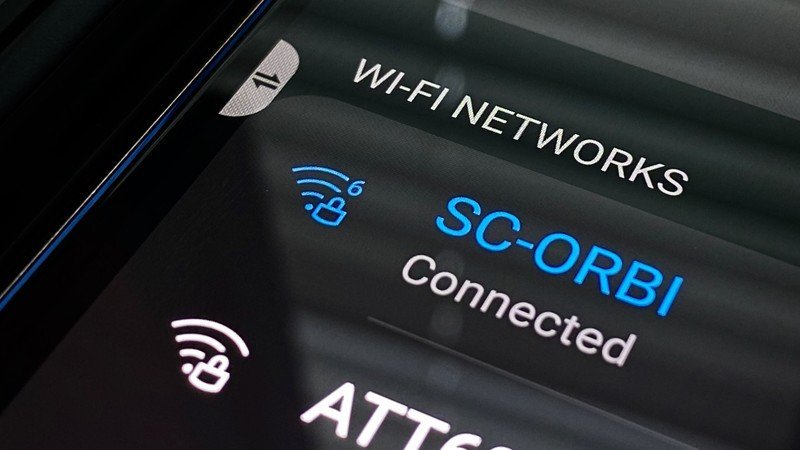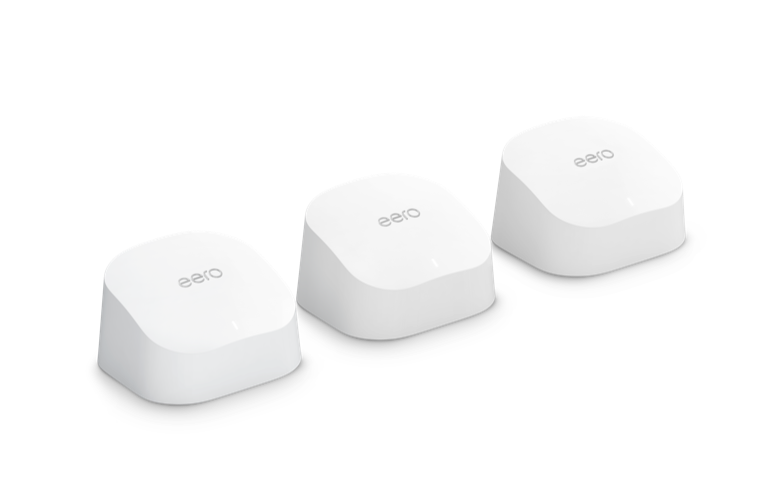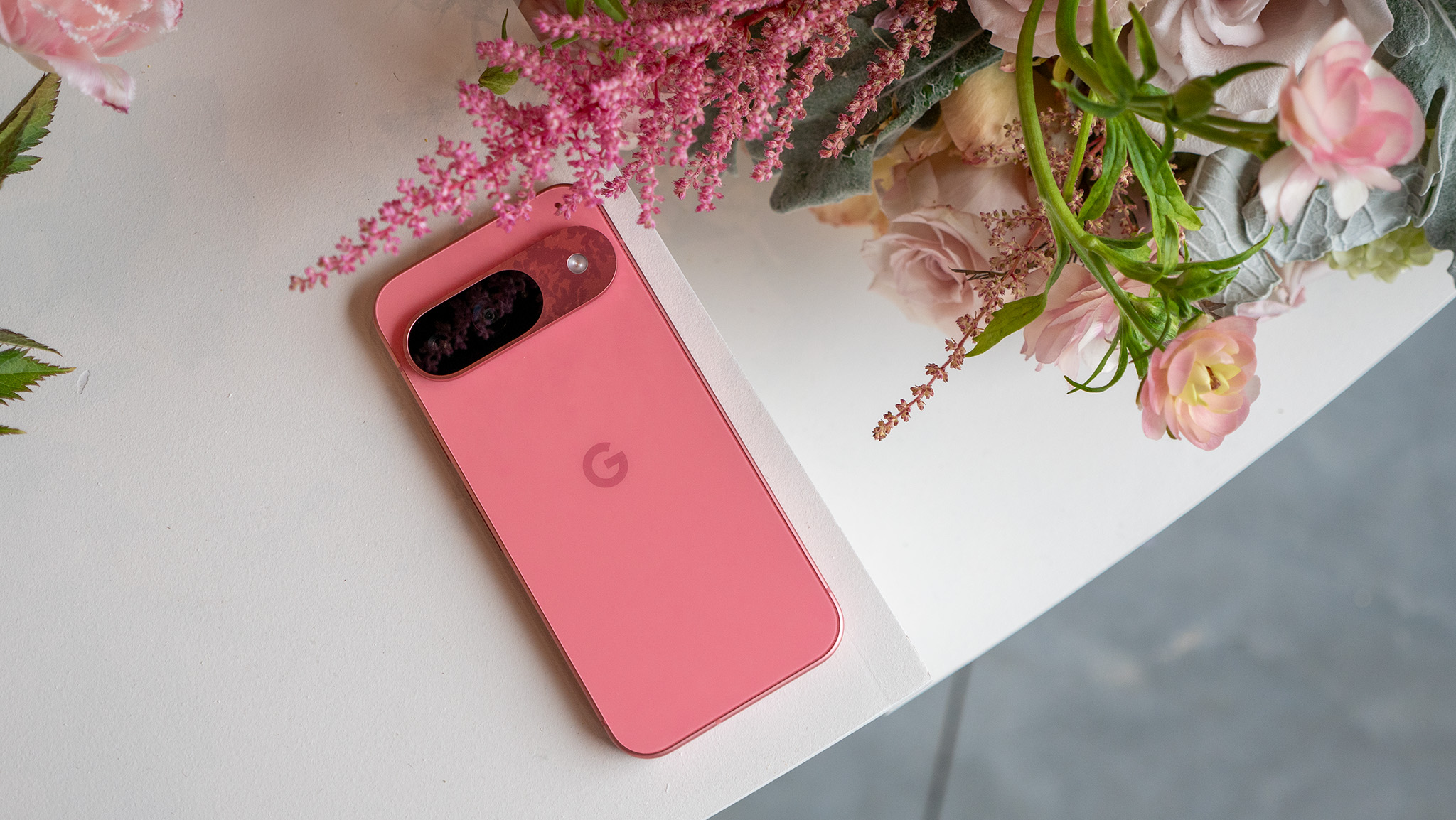What is Wi-Fi 6 and should you upgrade?

Best answer: Wi-Fi 6, or 802.11ax, is the newest evolution of Wi-Fi and is providing faster speeds to more simultaneous devices than the last generation. If you're buying a router today, you should buy one that supports Wi-Fi 6, especially now that prices have gone down.
How is Wi-Fi 6 better than Wi-Fi 5?
Most new flagship phones support both 5G and Wi-Fi 6 as standard, including most of the best Android phones. Wi-Fi 6 is the name given to the 802.11ax wireless standard following up 802.11ac, which has been retroactively named Wi-Fi 5. Hopefully, these simpler names will help people more easily understand their network equipment.
Wi-Fi 6 can be potentially 40% faster than Wi-Fi 5 by doing more with the same spectrum.
Wi-Fi 6 can also help your device last longer on battery power. When you're on Wi-Fi, your phone communicates with an access point. If both the access point and the device are using WI-Fi 6 the Access Point (AP) can enable a new Target Wake Time (TWT) feature. What it does is tell the device when to expect the next packet of data so it knows it can shut the Wi-Fi radio down until that time.
The time between data packets is really short when sending a lot of data, but even having the radio down during those times can make a difference.
Wi-Fi 6 can be potentially 40% faster than Wi-Fi 5 by doing more with the same spectrum. More data can be compressed inside every packet because the hardware is now able to encode and decode more data at once. Wi-Fi 6 devices will all have hardware that's capable of this on both 5GHz and 2.4GHz networks, too. Most Wi-Fi 6 devices will connect at around 1,200Mbps compared to 867Mbps on Wi-Fi 5 on the 5GHz band. Faster connections are technically possible but most devices will stick to these lower speeds.
This increase in efficiency will also help Wi-Fi 6 routers keep speeds high and consistent, even in densely populated areas. The people that stand to benefit the most from Wi-Fi 6 are those that need fast wireless speeds in a congested area.
Get the latest news from Android Central, your trusted companion in the world of Android
Which devices support Wi-Fi 6?

A wireless standard is nothing without device support, and luckily, Wi-Fi 6 is quickly being integrated into new chipsets and portable devices. Most new phones and tablets outside of the budget-focused category come equipped with Wi-Fi 6 as standard. Not only that, but modern laptops including great Chromebooks and even the Playstation 5 have included the new wireless standard.
This can lead to better and more consistent network performance in dense areas. For gamers stuck on Wi-Fi, Wi-Fi 6 can help keep your connection more consistent than previous generations.
Should you wait for 6GHz?

Wi-Fi 6E is really just Wi-Fi 6 with support for additional 6GHz bands. Older routers only had access to 2.4GHz and 5GHz and while capacity is decently high on both of these, 6GHz has much less congestion and more room for 160MHz channels. These ultra-wide channels allow for amazing multi-gig speeds over wireless.
For most people, Wi-Fi 6E won't be fully utilized for years as even most Wi-Fi 6 compatible devices don't support it. The Samsung Galaxy S21 Ultra was one of the first to do so. If you get a tri-band Wi-Fi 6E router, you will get 2.4GHz, 5GHz, and 6GHz and will be ready for the next evolution of Wi-Fi devices. However, unless you are in a very congested area the speed on 5GHz Wi-Fi 6 will probably be more than enough.
Should your next router be Wi-Fi 6?
If you're happy with the router you have right now, you're probably wondering if you need to switch and buy one that supports Wi-Fi 6 because it's the latest and greatest. If you're not having any speed or coverage issues, the good news is that you shouldn't. Fast Wi-Fi 5 routers can serve up 867Mbps to Wi-Fi devices with some even capable of greater speed. That's faster than most of our internet connections.
But if you do need a new router the one you buy should be Wi-Fi 6 capable. The prices on Wi-Fi 6 routers have come down enough that even cheap Wi-Fi 6 routers offer solid speeds with more than enough features for most homes.

When Samuel is not writing about networking or 5G at Android Central, he spends most of his time researching computer components and obsessing over what CPU goes into the ultimate Windows 98 computer. It's the Pentium 3.

